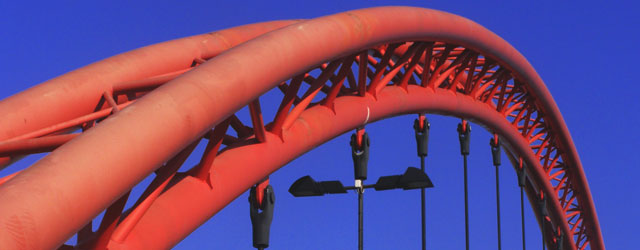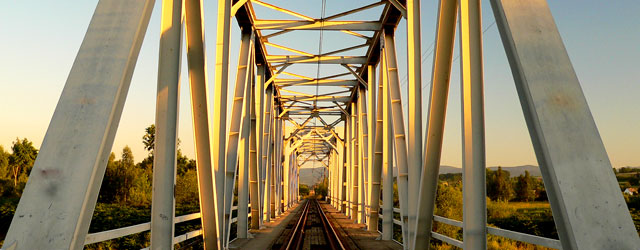Sometimes repairing a non-compliant weld can lead to more problems than the repair solves. Defects in the metal around the weld not previously distressed may develop cracks due to the localised heat input of the repair. Lamellar cracking in column flanges has sometimes occurred where thick complete penetration welds connecting steel girders to the columns have been repaired.
Sometimes repairing a weld is also economically prohibitive or technically or logistically very difficult.
So what criteria can be used to determine if a particular weld should in fact be repaired? This is where a fitness for purpose assessment is required. Put simply: will the weld in its current condition perform as required for the design life of the structure?
This is not a matter of lowering standards but of being more specific about the expected demands on the particular weld and its ability to cope with them. The welding standards AS/NZS1554.1 and AS/NZS 1554.5 set out acceptance criteria for weld categories which have no reference to acceptable specific design actions applied to the welds. The criteria simply define the weld as good or bad, acceptable or unacceptable in accordance with minimum measurable defect limits. These are useful criteria from the point of view of setting a consistent welding quality measure for welders and inspectors to assess contractual compliance and good practice. They also allow a baseline defect level to be assumed for fatigue crack growth assessment purposes. However it may well be that that particular defect level could be relaxed in some areas of the structure where the demands are lower.
A fitness for purpose assessment of a non-complying weld therefore must consider the design ultimate limit state and fatigue limit state actions that will be applied to it. Except for building or civil structures operating in sub-zero temperatures, the ultimate limit state design capacity of a weld is often unaffected by non-compliance defects. This is particularly the case if the weld has been laid by appropriately qualified welders using qualified welding procedures. However the fatigue life and the cyclic plastic endurance of the weld under strong earthquake actions may be affected. So the assessment will tend to need to focus on those aspects.
A fracture mechanics assessment is required for fatigue life assessment. Resources such as BS7910:1999 Guide on methods for assessing the acceptability of flaws in metallic structures are useful for this. Though this also requires knowledge of what the expected loading demand will be on the weld and the shape and location of defects found in the weld. An assessment of crack growth over the life of the structure may then be made and its effect on structural performance determined.
For more information on fitness for purpose assessments fo welds contact Hyland Fatigue + Earthquake Engineering




